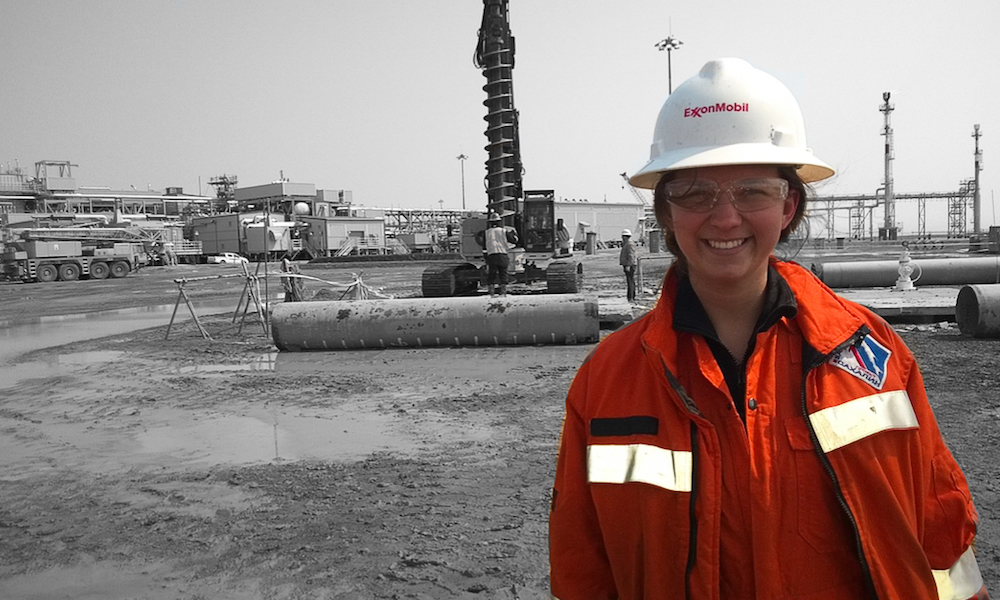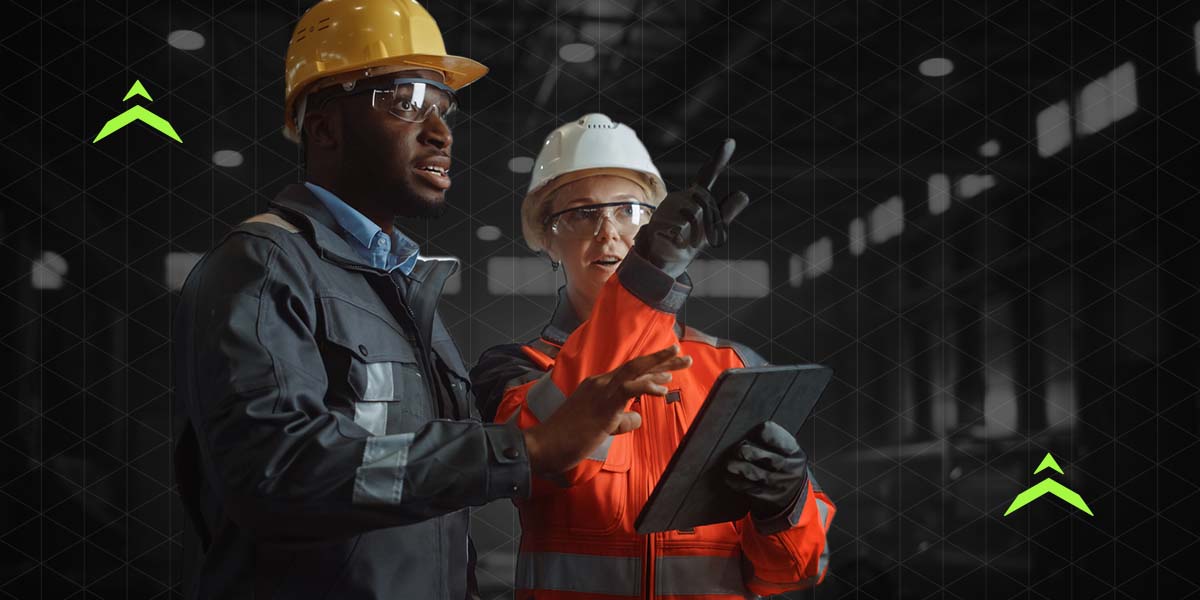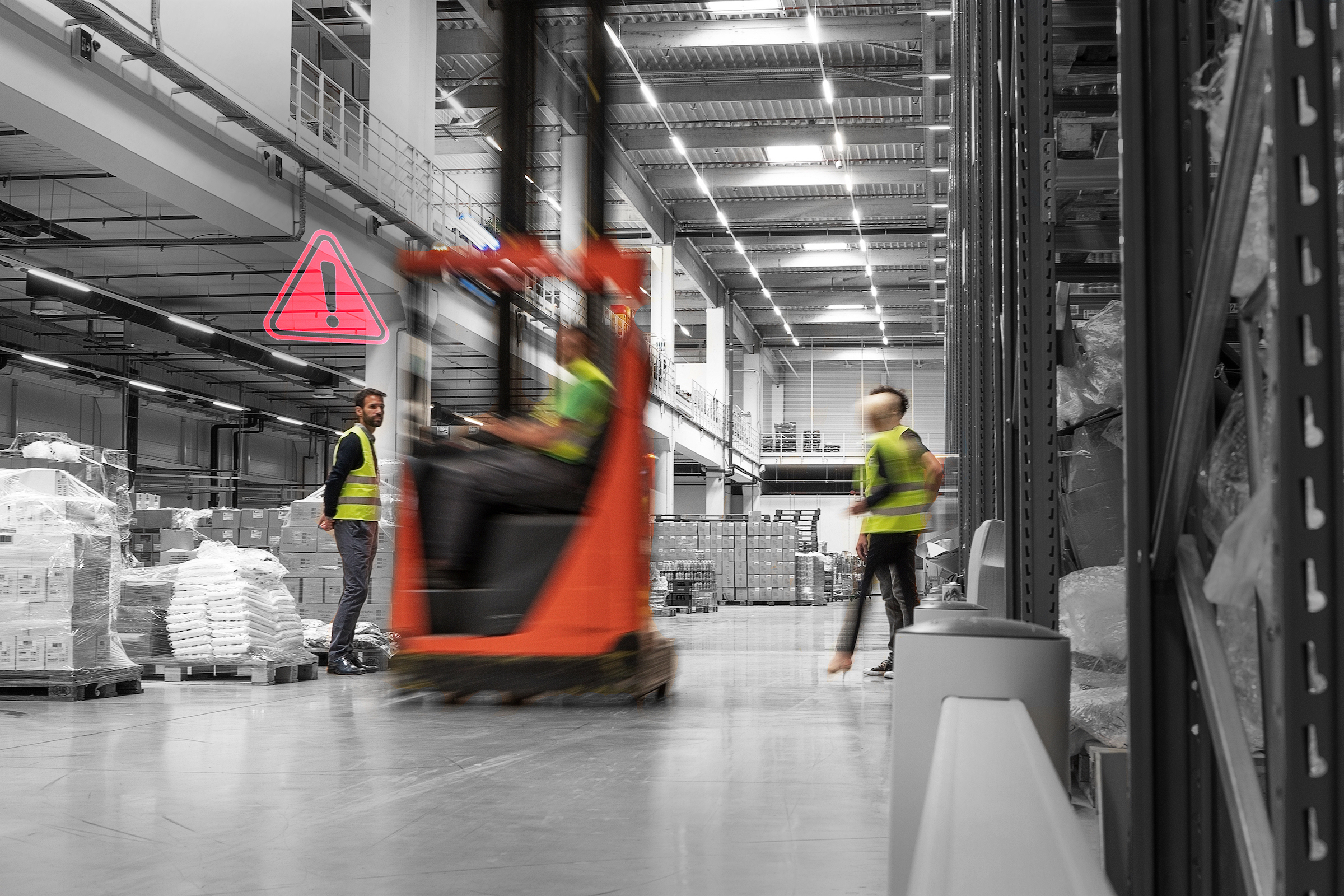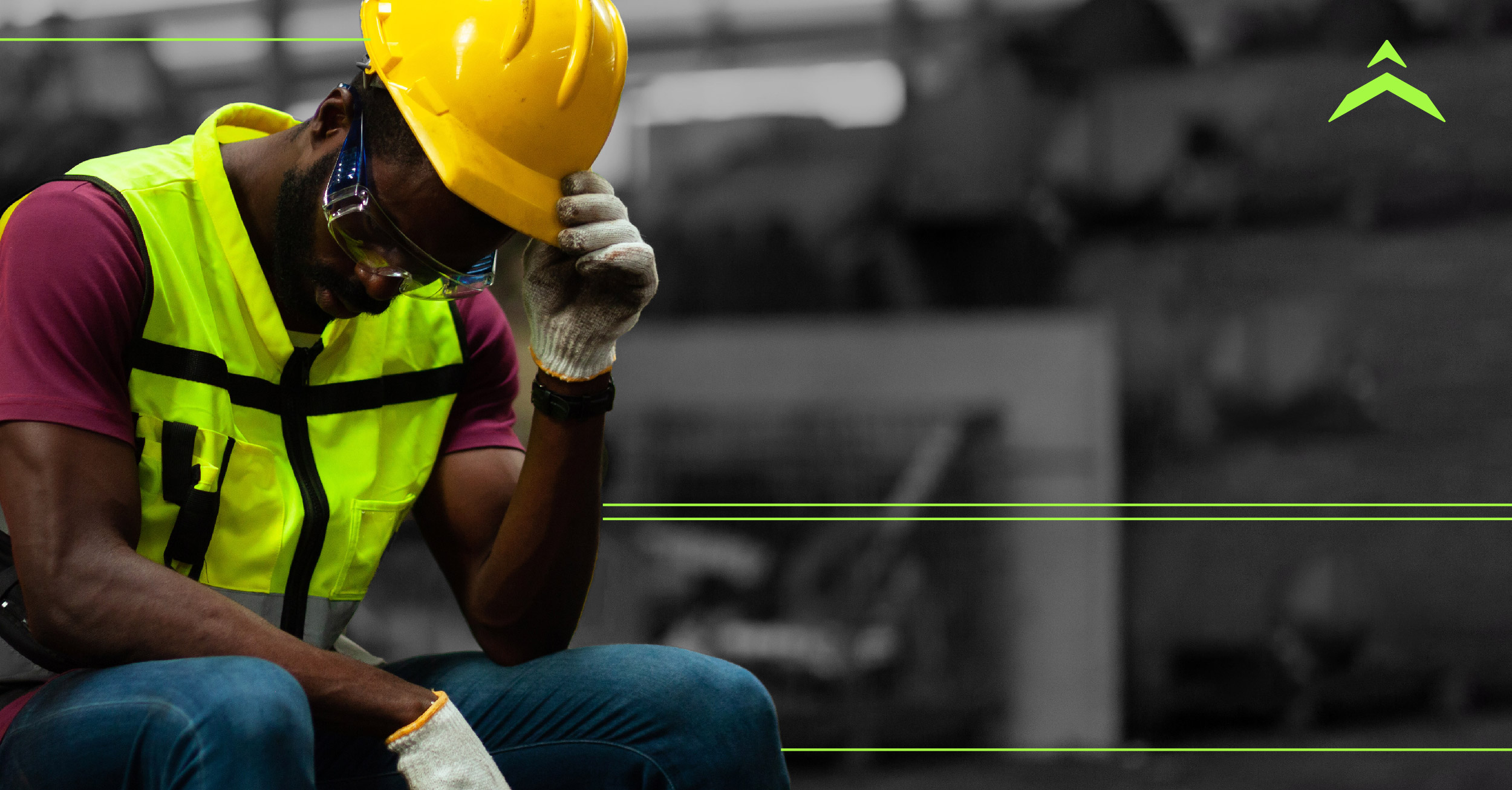Safety Lessons Learned from 3 Years on a Russian Oil Rig
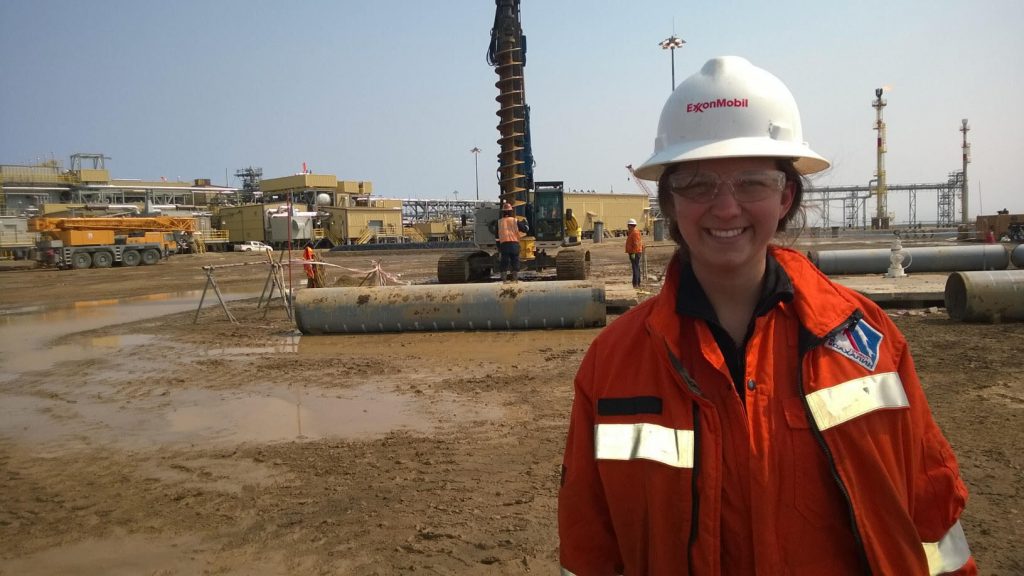
When you think of an oil rig on the east coast of Russia, a 23-year-old woman from Oklahoma City is most likely not who you picture. Honestly, same. But that is exactly where I was for the first three years of my career.
After graduating with a degree in Mechanical Engineering, I sought a job that would allow me to travel. I’d been abroad twice in the first 23 years of my life and I wanted to see and experience more of the world. Admittedly, my dreams were of Paris, Singapore, or Buenos Aires. But instead, my bags were packed to Yuzhno-Sakhalin, Russia.
Never heard of it? Don’t feel bad. It’s a tiny island on the east coast of Russia; most people haven’t.
I would spend three years there, with about half of that time being on an oil drilling rig in the Sea of Okhotsk where there are a lot of moving parts and infinite opportunity for serious injury and even death. During that time I learned a lot of lessons about safety, both how to do it poorly and how to do it well.
Here are some lessons I’ve learned that I’ve brought to StrongArm and further fuel my passion around the work that we are doing.
Technology moves fast — safety tech not so much
While oil and gas is considered an old school industry, its technology is anything but. I spent most of my time on the most powerful rig in the world, drilling the longest wells in the world, in one of the most hostile environments in the world. When I say long, I mean like 50,000 feet long (to put that in perspective the average oil and gas well length in the US at that time was less than 10,000 feet).
To drill really, really long wells you need leading-edge, first-of-its-kind technology. Even at a company that is recognized to have one of the most advanced safety cultures, safety technology lags other technologies in the industry. In fact, safety technology available is as evolved as the Soviet style buildings that still monopolize the landscape of Yuzhno. And the culture of recording safety statistics is even worse — only injuries that had already happened were reported, if the sites reported them at all. (Full disclosure here: This was years ago now; safety protocols may have evolved.)
I spent most of my time on the most powerful rig in the world, drilling the longest wells in the world, in one of the most hostile environments in the world.
This inherently makes safety culture reactive, not proactive. You may be able to prevent the exact same injury from happening again, but the change that requires only creates other opportunities for injuries to occur. The only way to truly prevent injuries from occurring at all is to find a way to measure the potential for them before they happen, which would allow you to proactively prevent them in the first place.
If safety isn’t first, it’s last
All jobs, those in Russia, the US, or that one in Paris I dreamed of (which, by the way, doesn’t exist in the oil field), require prioritization and balancing those priorities effectively.
Such as: Would you rather something be done quickly or cheaply? Perfectly or just good enough? And how do you think about prioritizing cost, time, and preparation? In frontline jobs, those that require manual labor and therefore put people’s well-beings and lives on the line, the first priority must be safety. This cannot be negotiable, although it unfortunately often is. If safety is not first, it might as well be last because injuries will occur on an exponentially higher level than when it comes first.
At every turn, everyone must be reminded that if the job can’t happen safely, then it cannot happen at all. Sounds easy right? Unfortunately, not so much. Remember the outdated safety technology I mentioned earlier?
Safety culture goes beyond “buy-in” to passion across the organization
Which leads me to my final and most important lesson. For there to be a truly safety-centric culture — inherently different than just a group of people who say they care about safety, which is common, even the norm — there must be buy-in at all parts of an organization. From the top down and from the bottom up, every single person must feel and perform their job in a way where safety comes first.
That’s right, even and most importantly the CEO sitting in his (only ~7% of Fortune 500 companies have female CEOs, so it’s a good guess that the CEO in question is a man, a blogpost for another day) big office also has to make safety his first priority in every decision made. It can’t be because these employees are required to put safety first, but because they are working in an environment where the culture is to recognize that safety matters most; it has to be the most important factor in evaluating their job performance and the behavior that makes them most proud of their work. They must feel that safety has no dollar amount, it will be prioritized at all costs and for every person, the cost of an injury must be infinite. (Read about the Ford Pinto fiasco if you want an example of what happens when you put a dollar amount to a human life.)
StrongArm consists of an integrated team of people and a culture that focuses on keeping the frontline worker safe and without injury
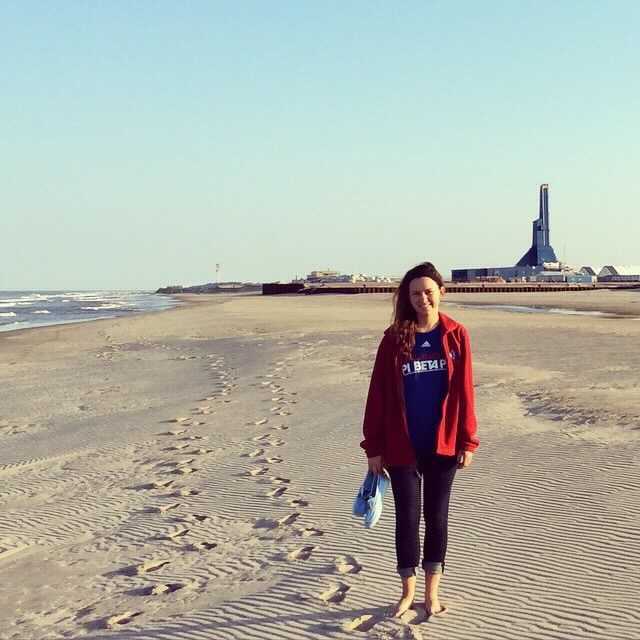
I took these lessons and many others that I learned from my time in energy and then the two transformative years I spent at Harvard Business School and searched for a job to combine these experiences. I found StrongArm and jumped at the chance to join the team. StrongArm combines a mission to help those putting themselves at risk everyday with the technological advances flooding every other job function.
We are doing more than just reactively monitoring risk, the way of the past; we are building technology to proactively prevent risk, the way of the future. StrongArm consists of an integrated team of people and a culture that focuses on keeping the frontline worker safe and without injury first and foremost. Secondly, arming their managers with data to better understand the risk, allowing them to put systems and processes in place to eliminate or reduce the risk.
Implementing StrongArm ensures that safety becomes priority number one for the entire organization and therefore builds a culture of safety, not just people going through the motions. For me personally, it lets me work every day toward developing technology that will help my friends who are still putting themselves at risk everyday on a drilling rig in the Sea of Okhotsk one day stay safer.
